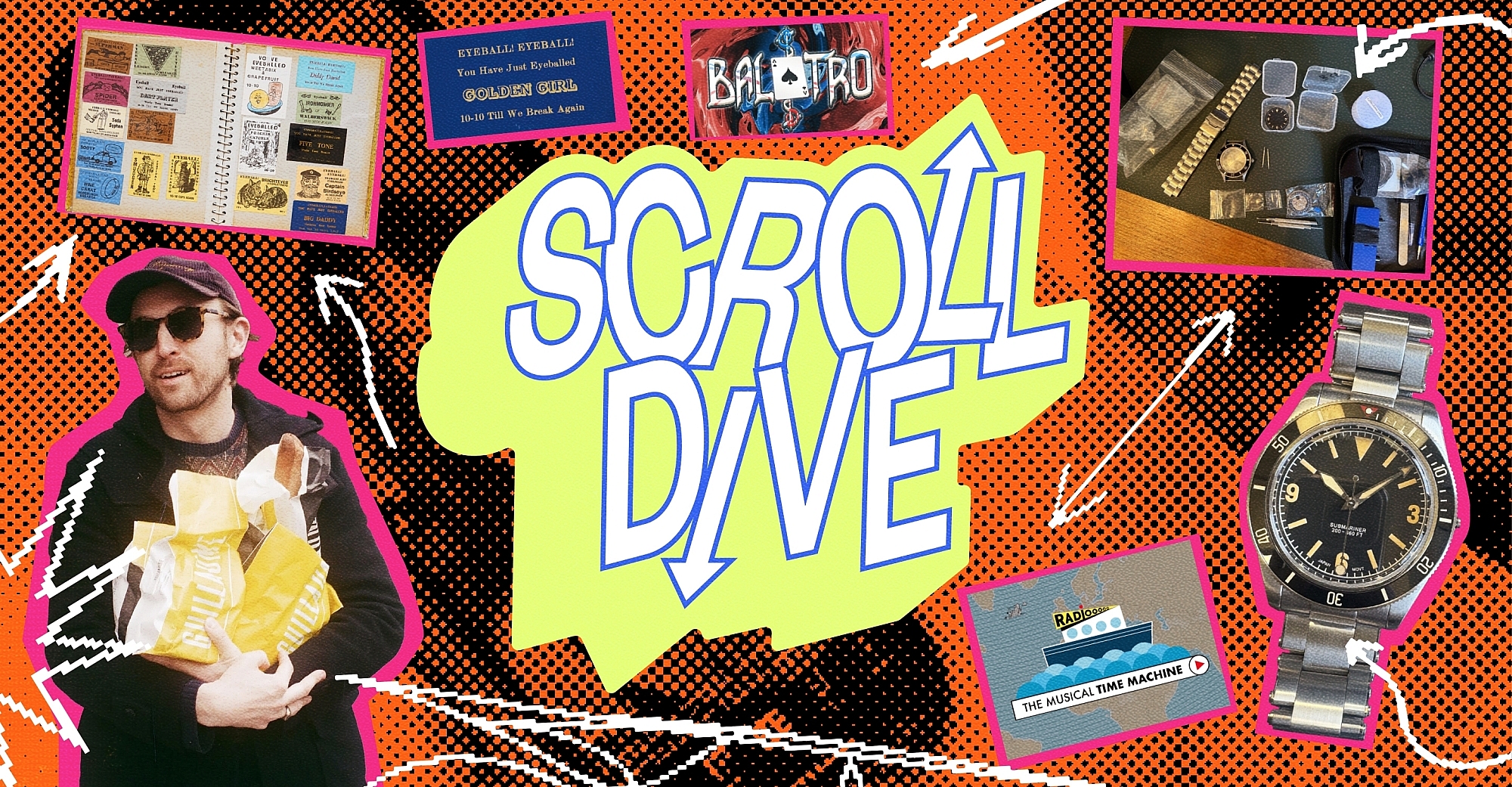4 Major Creator Takeaways From Ad Age’s NextGen Marketing Summit

- Text Christina Siliunas, Tyniece McKelvey & Tiffany Gilpin
Day One’s Creators and Casting Senior Director, Christina Siliunas, and Associate Strategists, Tyniece McKelvey and Tiffany Gilpin, recently attended this year’s Ad Age NextGen Marketing Summit in New York City. The three-day immersive event was a crash course in exploring the latest creator marketing trends as they relate to Gen Z and viral culture. While there was plenty to dig into, four insights stood out as key takeaways to shape creator strategy right now. Read on to learn more.
1. Niche Micro Creators Are Just As (If Not More) Powerful
More brands are shifting their focus from mainstream macro creators to niche nano and micro-tier creators, as well as with athletes, who have emerged as a sleeper category of major influence. These rising stars offer brands both authenticity and influence, making them strategic players in shaping consumer behavior and powerful drivers of community and engagement. Unlike macro and mega creators, who are typically used for broad awareness, these groups excel at building genuine connections with Gen Z and have become a game-changing investment for brands.
2. Al Is Impacting the Creator Economy
Whether it’s optimizing social strategy or fueling content creation, trend-spotting and talent sourcing (yes, there are AI influencers), AI is becoming a bigger resource for creators and marketers. But rather than replacing creators and marketers, AI is utilized as a tool that enhances creativity, sparks new ideas and brings bold visions to life. But with Gen Z’s sharp (and skeptical) eye for AI-generated content and messaging, maintaining a human touch is crucial to keeping audiences engaged and authentic connections intact.
3. Inclusivity Is Key
Diversity in the creator space isn't just a nice-to-have — it's a business necessity. Speaker Shreya Mukherjee, Chief Strategy Officer for MSL US points out that 50% of Gen Z is non-white, holding nearly $12 trillion in purchasing power alone. Gen Z can quickly spot when efforts to be inclusive are insincere, and are not afraid to hold brands accountable for lack of diversity and authenticity, swiftly boycotting when prompted. Additionally, pay transparency and equity also play a foundational role in fostering inclusivity. There are still significant pay gaps between white and BIPOC creators, and this issue often goes unaddressed in the industry. By implementing pay equity practices, brands can show BIPOC creators that they are valued for more than just their contributions — they're valued as individuals.
4. Creators Are the New Creative Directors
Creative freedom is essential to a successful brand-creator partnership. Brands are starting to give creators a seat at the table during early conversations of creative — and it’s working. Brands see better results when they allow creators autonomy rather than over-scripting or micromanaging content. This approach fosters more authentic and engaging collaborations. Mutual respect is equally crucial — treating creators as true creative partners rather than just marketing tools. This involves clear communication, fair compensation and valuing their expertise. The most effective partnerships emerge when there’s a natural alignment between the creator’s values, their audience’s interests and the brand’s goals.



